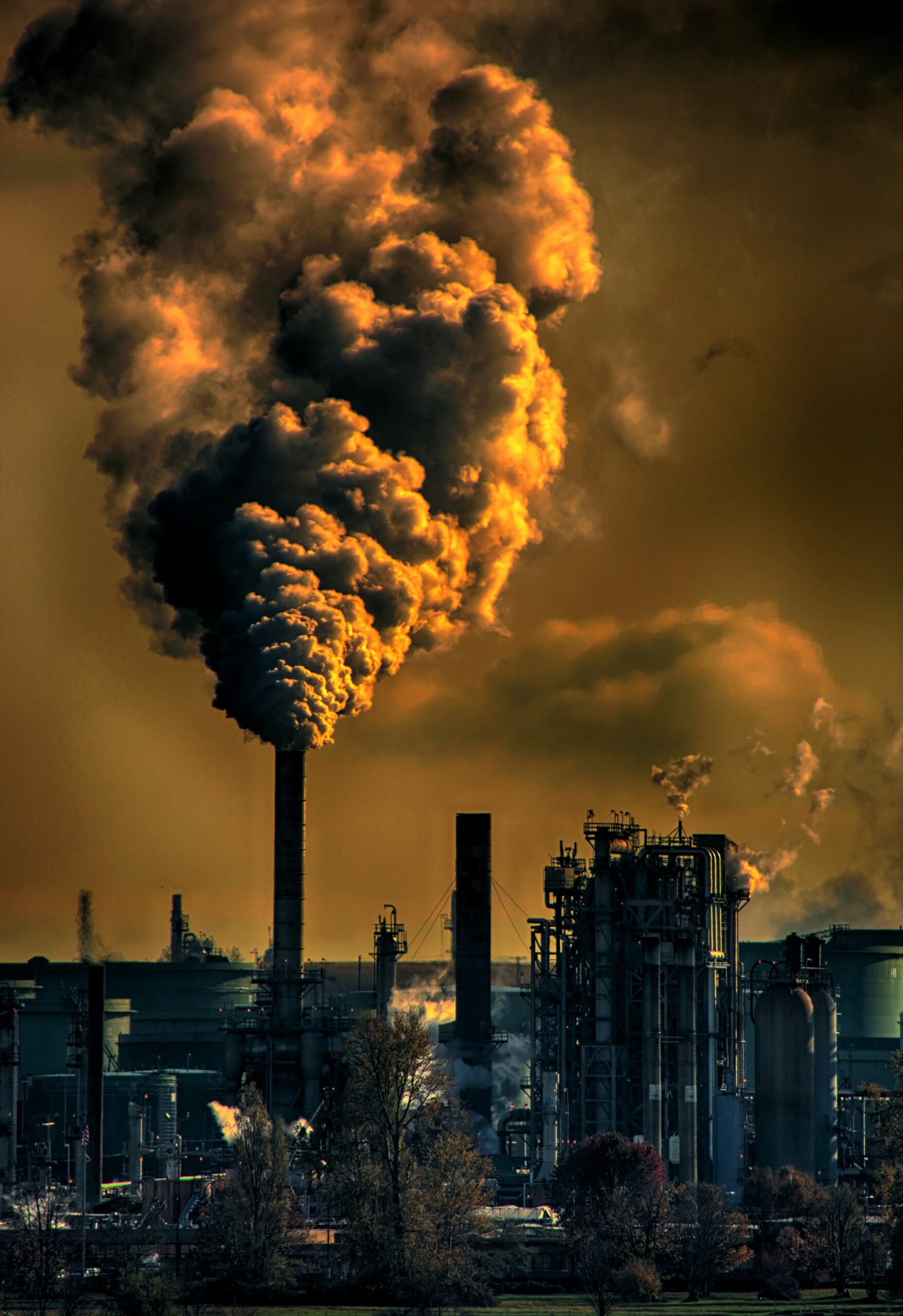Air pollution is a huge problem for cities around the world. It affects everything from respiratory health to climate change and can even be fatal at excessive levels. But did you know that sometimes, the culprits are unexpected sources of air pollution? Here is a list of surprising things that can contribute to poor air quality in your area.
Understanding oxygen cylinder sizes and capacities is crucial for ensuring appropriate supply levels for various medical needs and emergencies.
Paint
Paints, varnishes, and lacquers are made of volatile organic compounds (VOCs), which can off-gas from paint. Volatile organic compounds are absorbed into the body through inhalation, ingestion, and skin contact. They are also known to cause eye irritation and headaches when working with them in a confined space for long periods of time.
Paint fumes may seem like an unlikely source of air pollution, but if you live in an older home with peeling paint or one that has been repainted multiple times over its lifetime, you should consider how this could affect your health.
Thirdhand Smoke
Thirdhand smoke refers to the toxic residues that remain on surfaces, dust, and clothing after extinguishing a cigarette. When someone smokes indoors, these chemicals can stick around for days or weeks after they have left the room.
Thirdhand smoke can seep into your home through cracks in walls and floors and ventilation systems that are poorly sealed or located near smoking areas. Even if you don’t see visible signs of contamination (e.g., ashtrays), you could still inhale dangerous toxins whenever you breathe in conditioned air.
Carpets
Some carpets can contain formaldehyde. This chemical is known to be carcinogenic, meaning it can cause cancer.
It’s also a respiratory irritant, so it can cause breathing problems like asthma or other respiratory issues. To avoid these risks, you should ensure that the materials used in your carpet are made with non-toxic materials such as wool rather than synthetic fibers like nylon or polyester (both of which may contain harmful chemicals). Your air quality matters. Visit www.mybiosource.com to know your indoor air quality index.
Cleaning Supplies
Cleaning supplies are another source of air pollution. Some cleaning products are unsafe for the environment, while others can be toxic to humans.
To avoid these problems, try using baking soda as an all-purpose cleaner instead of commercial products that contain harsh chemicals like bleach or ammonia. You can also use vinegar instead of bleach when washing your clothes at home — it works just as well.
Kitchen
Your kitchen is the source of many delicious meals but can also be a source of air pollution. Cooking and cleaning release chemicals into the air that harm your health. Avoid harsh cleaners, use natural products, and ensure you ventilate properly when cooking.
Cleanliness is next to godliness, especially when it comes to keeping your kitchen clean. Keeping surfaces wiped down regularly will help keep dust levels down and reduce any chemical build-up caused by cooking or cleaning products.
Conclusion
In the end, remember that air pollution is a complex issue. While there are many sources of air pollution, they all share one common effect — they make our air more toxic. So if you want clean air in your community and better health for yourself and your loved ones, take action today.

